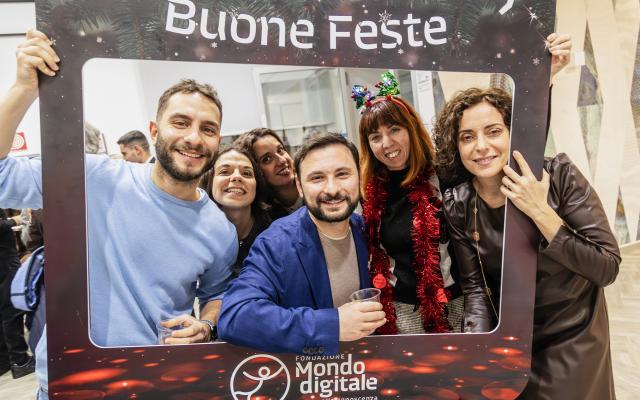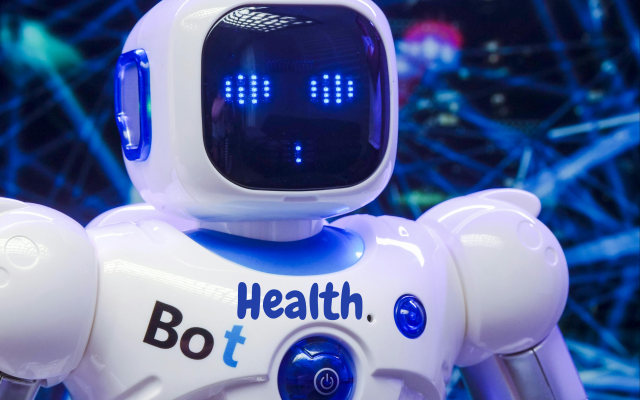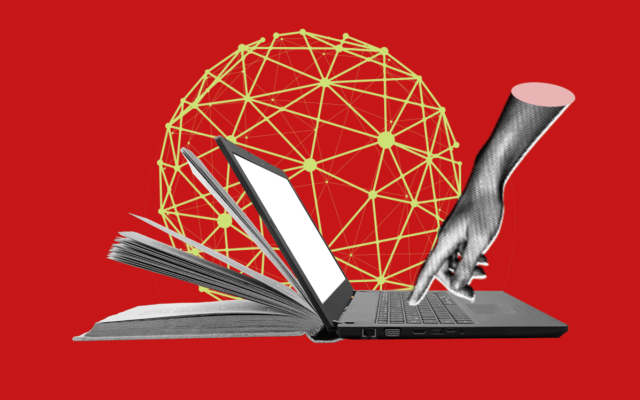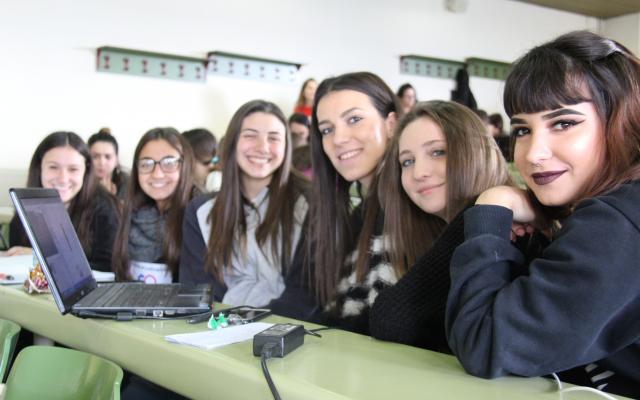Interview with Silvia Salini, professor of statistics, University of Milan
Last May, as part of the Coding Girls project, the University of Milan hosted a creathon focused on data science, a stage of the initiative ‘The paradoxes in statistics and we are the data’, launched together with the Italian Statistical Society and coordinated by Silvia Salini, professor of statistics, University of Milan. On that occasion, Cecilia Stajano wrote: ‘Thank you Silvia for having generously opened up this world to us. Without realising it, every day, even if very awkwardly, we all make evaluations, report statistics, so why not really learn to manage data? It seemed like a real gift and a duty to me, a commitment to young people to make them even more knowledgeable and free, and therefore happy’.
This inspired us to learn more about Silvia Salini's story, with an interview conducted by our Alberta Testa.
How did your passion for statistics begin?
‘When my students ask me: ‘Prof, how did you get the idea to study statistics?’, I always tell them this story. I was in my last year of high school when the HACCP food quality control law came into effect. My family has a company that produces cured meats in Emilia Romagna, and my father insisted that I take part in a course on quality control that was held on Saturday mornings. There I found myself studying the principles of ISO 9000 and, for the first time, working on statistical control charts. I was the only girl among the Emilian butchers. Digital literacy at the time was very low (we're talking about 1995), and I quickly became a sort of mascot: I made Excel tables for everyone and they considered me a ‘star’. That experience made me realise that I have a natural aptitude for statistics. I took the entrance exam for the Catholic University of the Sacred Heart in Milan and got in. But I wasn't at all sure it was the right choice. I followed my instinct, and over time my choice became my path’.
STEM subjects are still considered to be predominantly male domains. Is statistics an exception?
‘Of all the STEM subjects, statistics is perhaps the one with the strongest female component. Statistics is the science at the service of other sciences, concrete and transversal. That's why I always joke that it's female’.
Data Science: why all this popularity?
‘When I graduated there were two roles: computer scientist and statistician. The former prepared databases, the latter analysed data. Then those involved in marketing or communication built strategies and scenarios based on numbers. Data analysis was considered important but not strategic. Over the years, a true evidence-based culture has emerged. If you can't measure something, it's as if it didn't exist, you can't improve it. This applies to business management, politics and many other areas. Today, the data scientist is a multidisciplinary figure: they must manage data like a computer scientist, have statistical and mathematical skills, know how to communicate and understand the operational context. It's a fascinating, even creative job. It's no coincidence that the Harvard Business Review has defined it as one of the sexiest jobs of the new millennium. The democratisation of statistics occurred with the advent of computers and software-integrated tools. This has made data expertise pervasive and accessible, but it has also created the need for professionals who can correctly interpret these very powerful tools. Today, not knowing how to read data is like not knowing how to use a calculator’.
Is there a moment in your career that you remember with particular emotion?
‘I was the first in my family to graduate from university and I came from a rural background. When I did Erasmus in Scotland, a PhD course on neural networks particularly struck me. It was called ‘System Modelling and Chaos’ and the teacher who gave it was a physicist who taught statistics. Thinking back to him reminds me how decisive a teacher's role can be in a person's life.
When I returned to Italy, I proposed neural networks in statistical models as the topic for my thesis. At the time it was a pioneering subject. The professor clearly told me that I would have to be autonomous: learn to programme, search for data. For the first few weeks I was in tears, I thought I had bitten off more than I could chew. But in the end I did it. I told myself: you've cast the stone, you have to go beyond the river. That experience changed my life: it taught me that I can do it, even when everything seems difficult and beyond our capabilities. If you never put yourself to the test, you don't become aware of your abilities. This is a message that I also try to convey to my students’.
Is there a moment in your teaching career that you particularly cherish?
‘I also teach the three-year degree in Political Science, where many students initially see statistics as a ‘bother’. Over the years I have learnt a new way of teaching with them. Talking about statistics to those who really don't want to know is a challenge that I love, that I'm passionate about. I'm thinking of girls who, after classical high school and a degree in social sciences and humanities, graduated in Data Science and started working even before their thesis. Students who follow these paths often have a surprising interpretative approach to data.
Any advice for young people undecided about their career path?
‘Data Science is for everyone. I've seen students who did poorly in maths at high school achieve excellent results at university. Self-perception changes everything. I urge young people to look at the bigger picture and not limit themselves to past school experiences. Data skills are essential today, and those who manage to develop them will have an advantage in whatever sector they choose to work in.’





